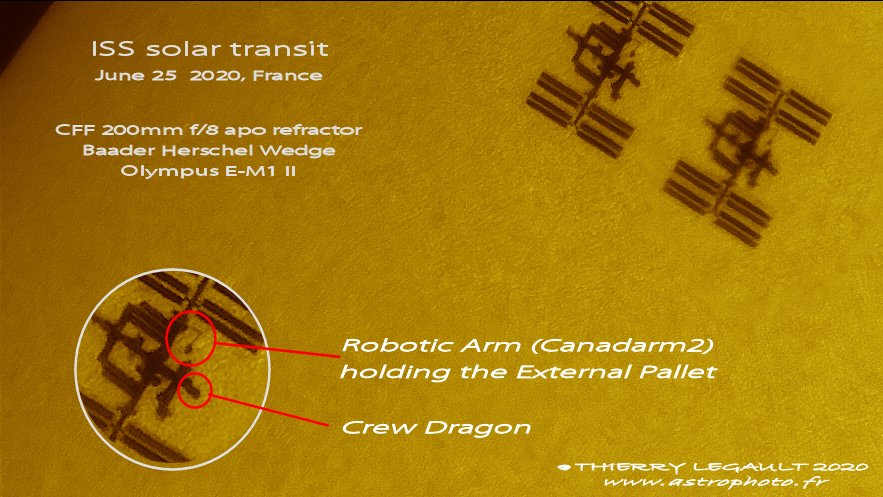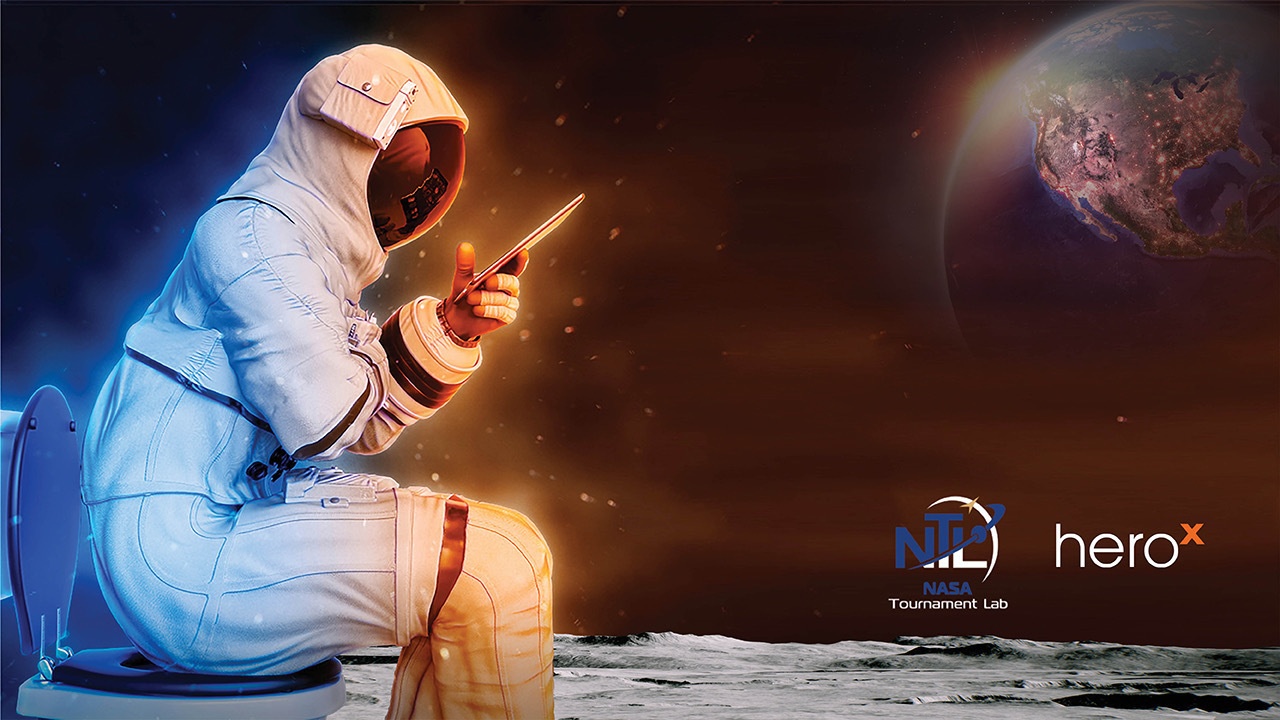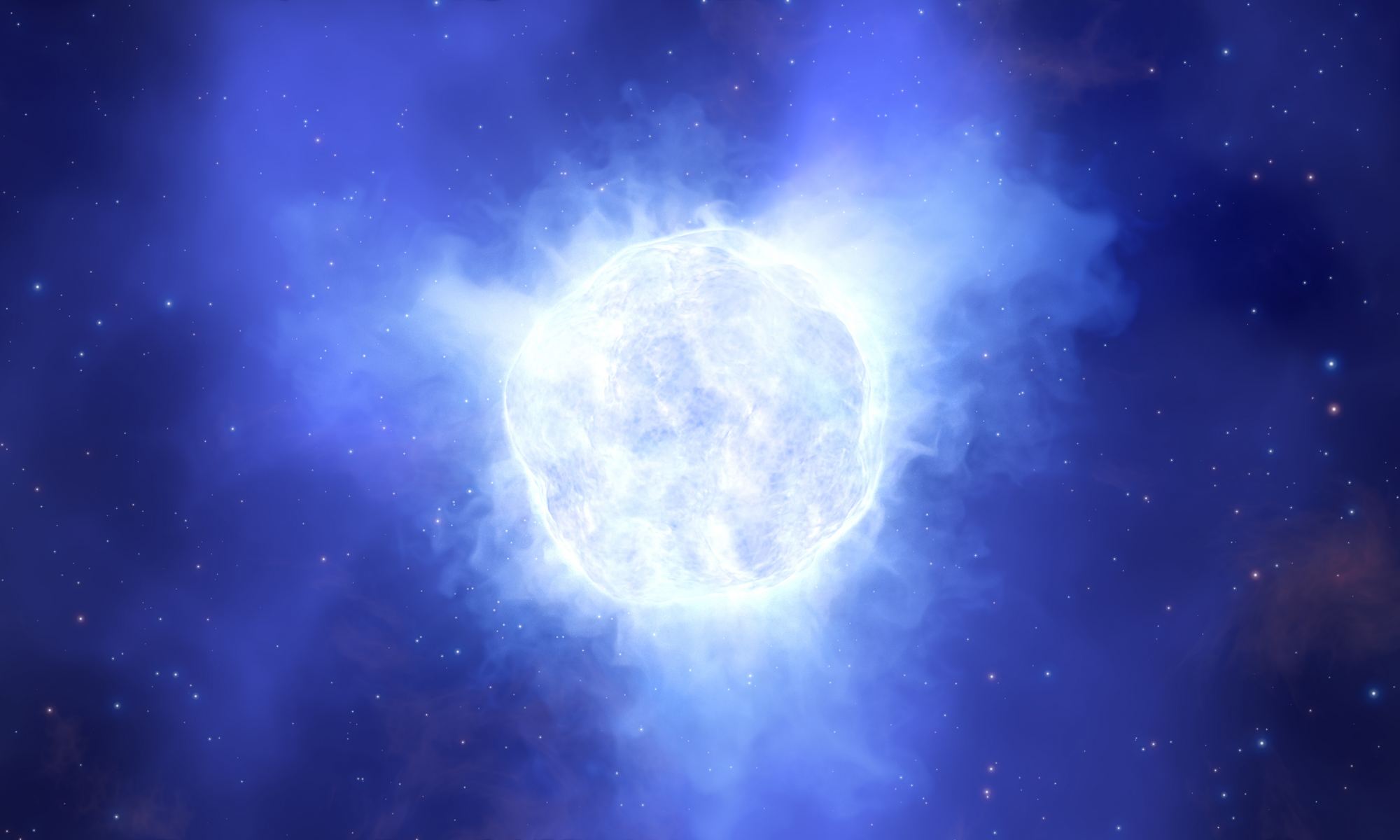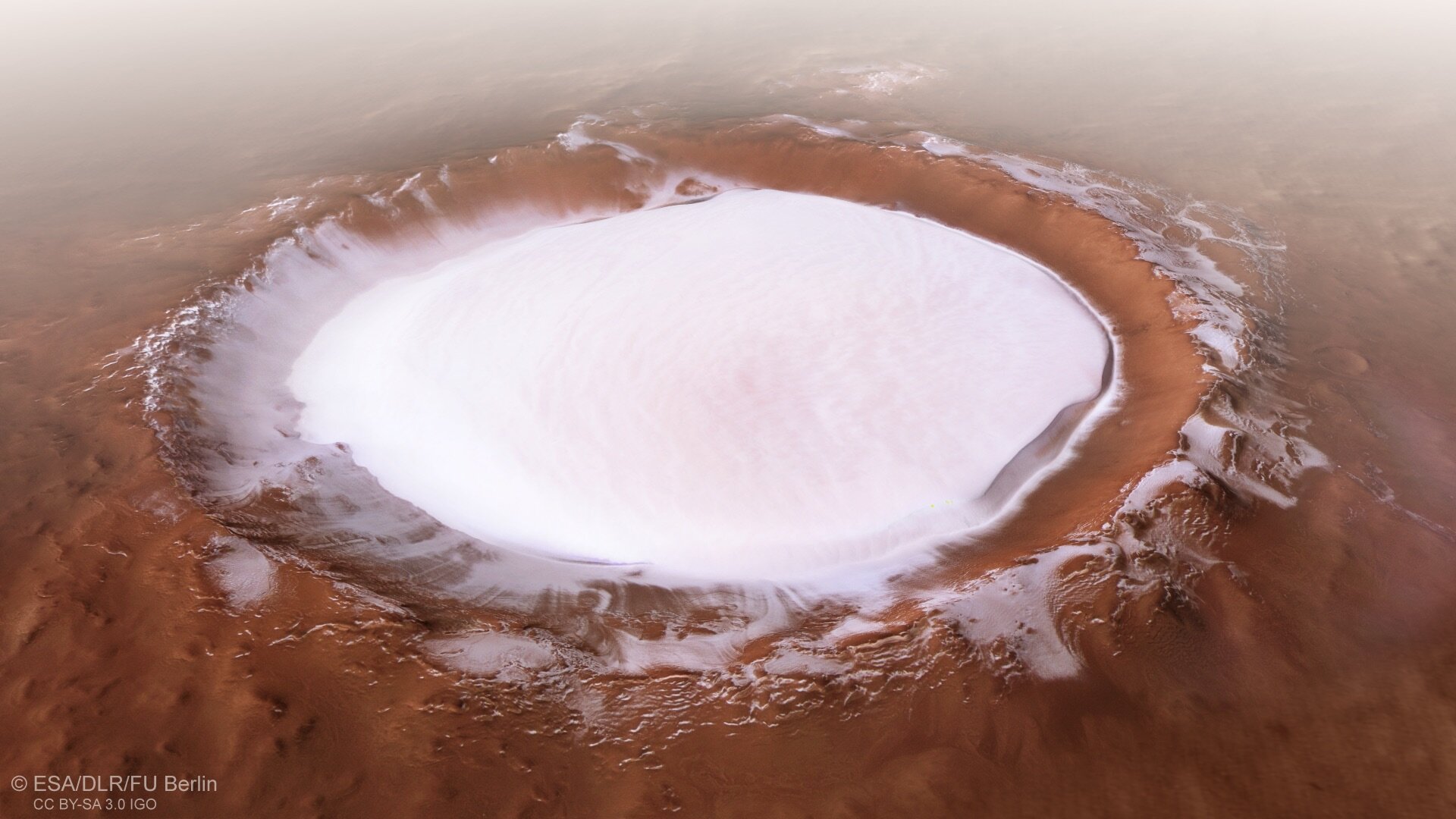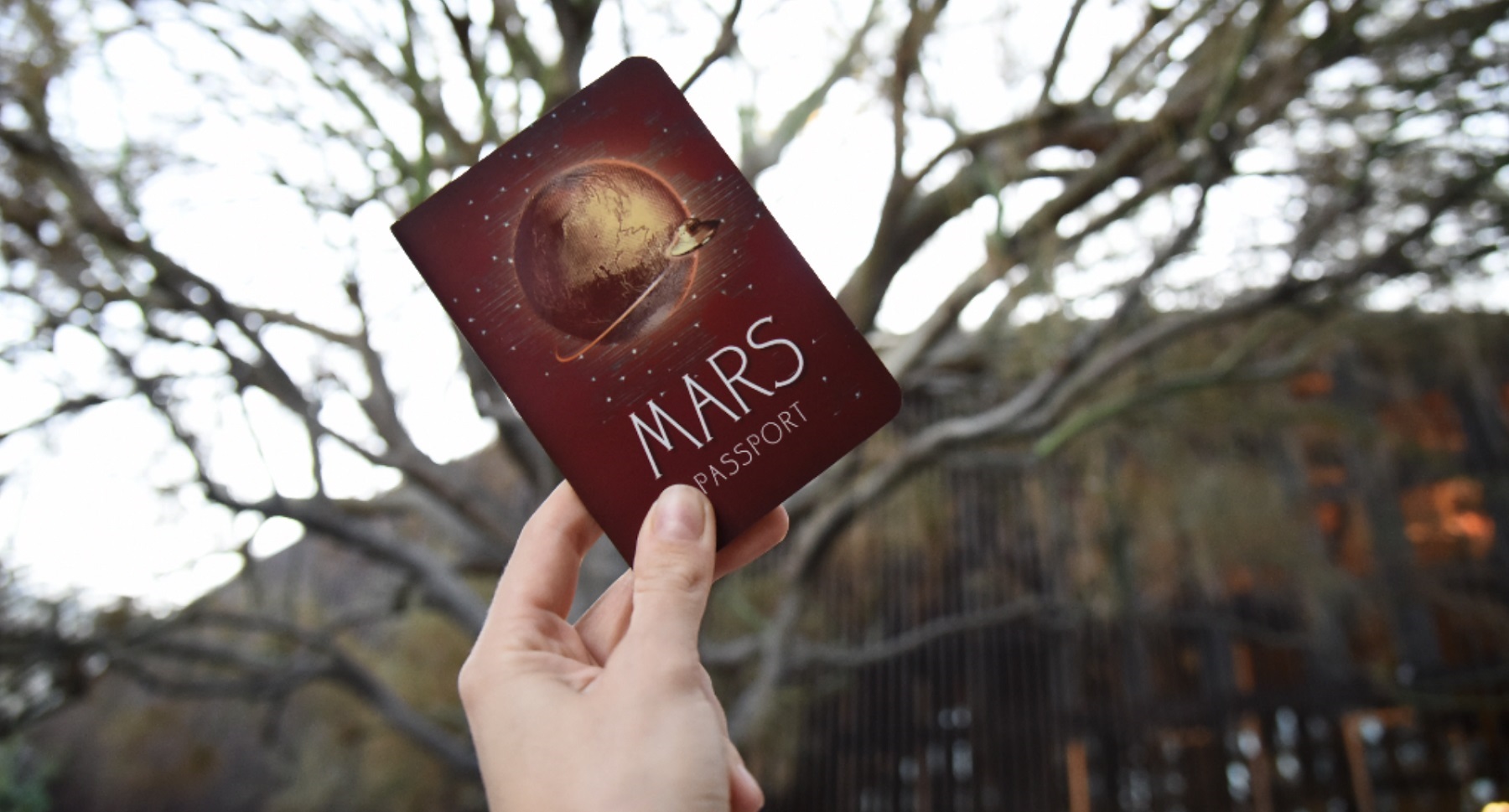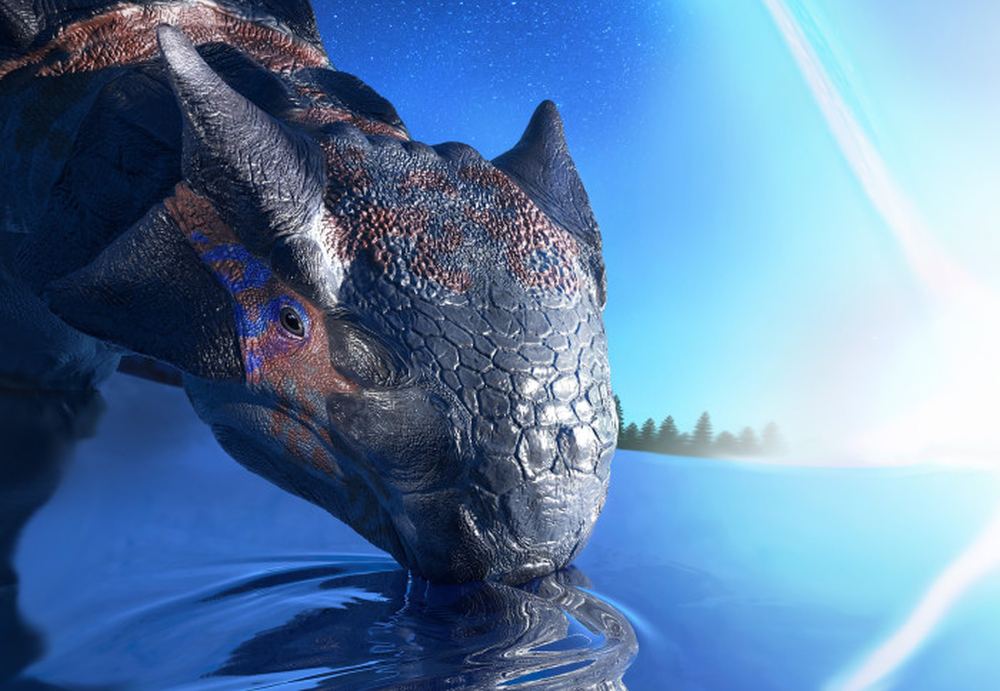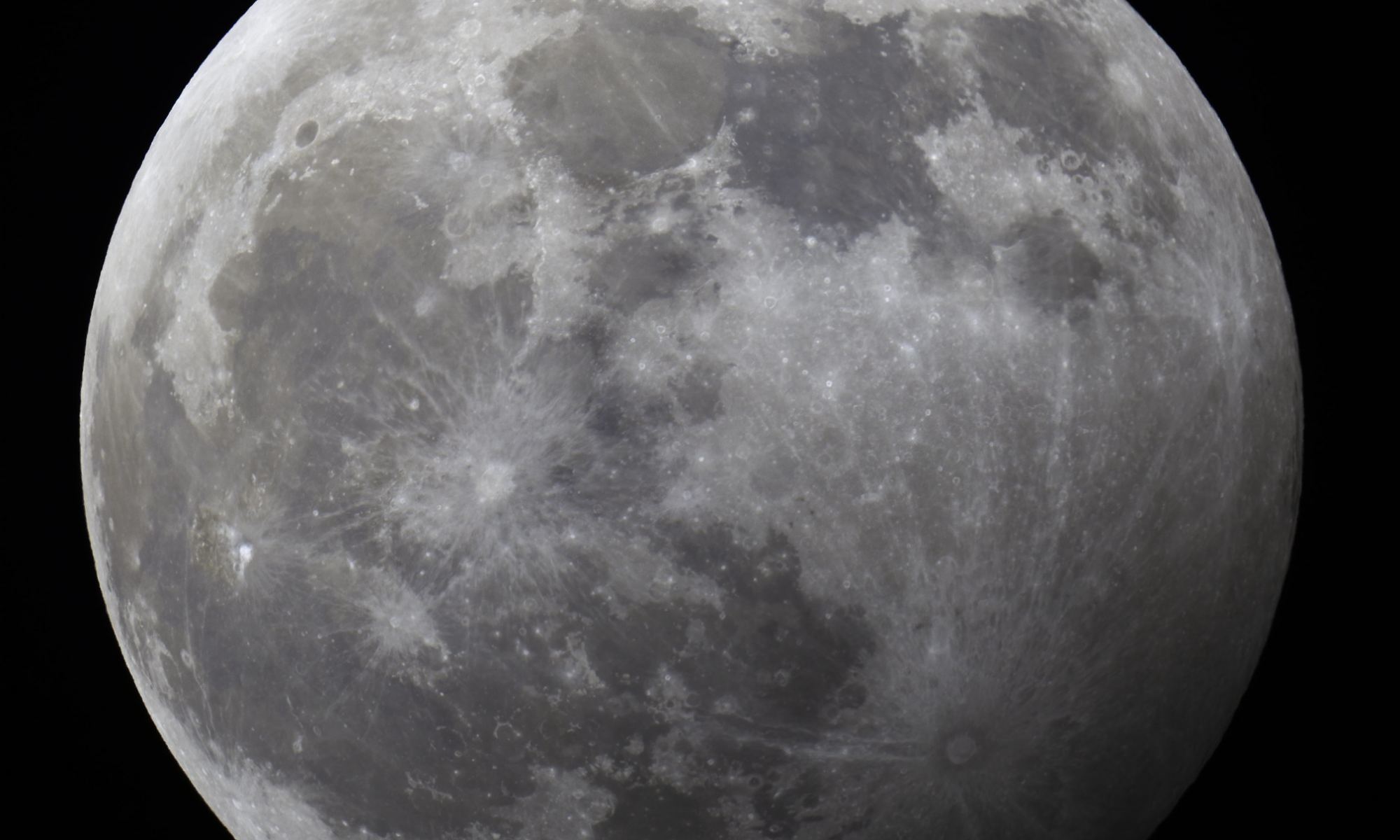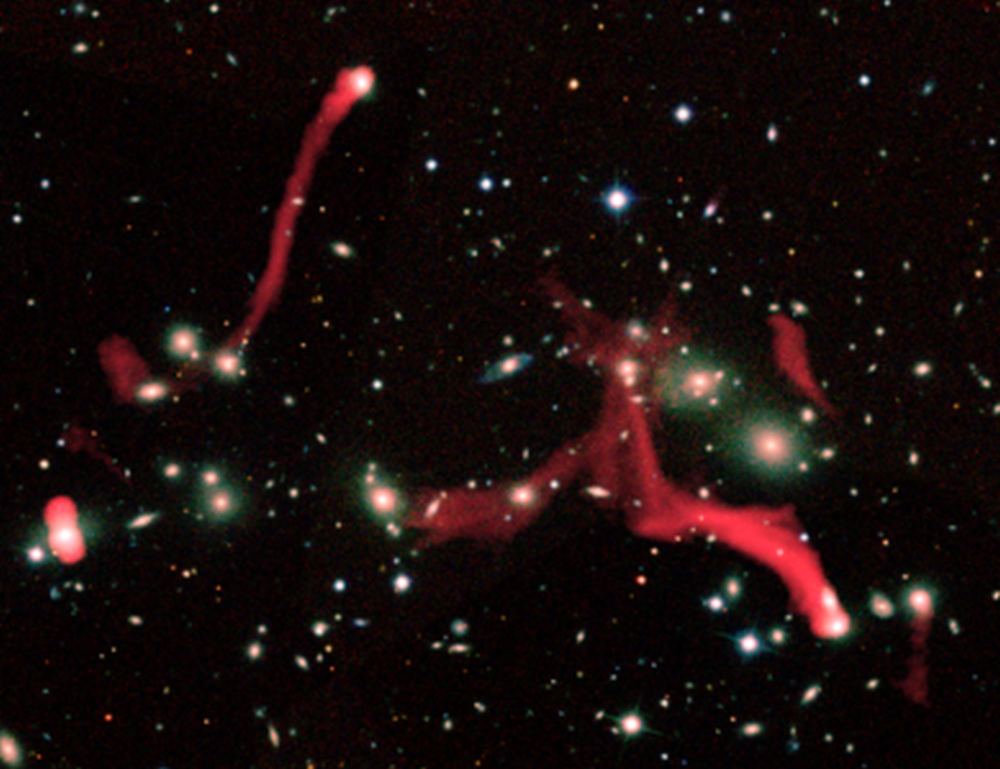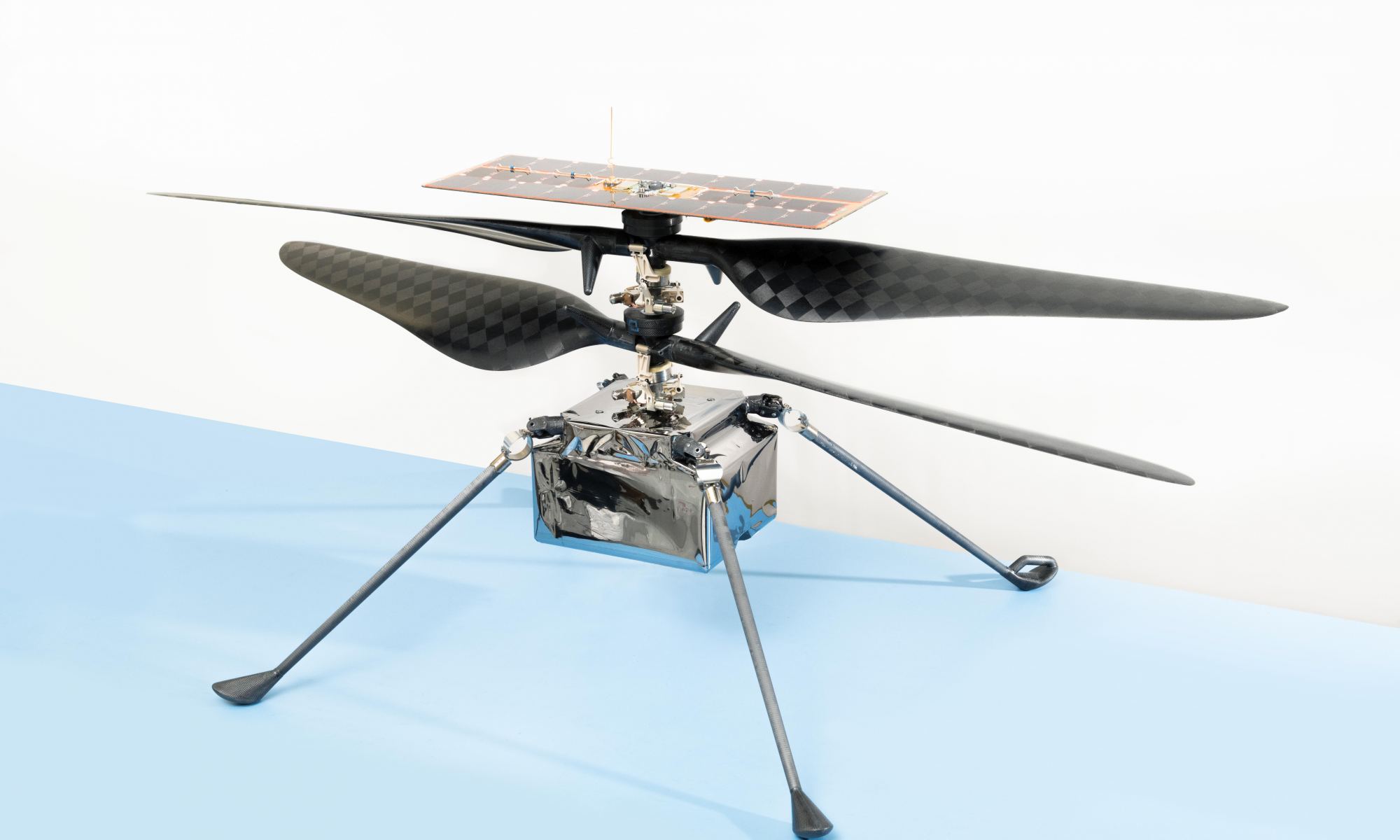

Universe Today - Space and astronomy news
source link: https://www.universetoday.com/
Go to the source link to view the article. You can view the picture content, updated content and better typesetting reading experience. If the link is broken, please click the button below to view the snapshot at that time.
Posts
Astrophotographer Thierry Legault is renowned for his amazing shots of spacecraft transiting the Sun. He’s now outdone even himself.
Continue reading “One of the Best Pictures Ever Taken of ISS from the Ground. You Can Even See the Canadarm2”Right now, NASA is working towards its long-awaited return to the Moon. Known as Project Artemis, this program aims to send the “first woman and next man” to the lunar surface by 2024. Beyond that, NASA also plans to establish a “sustainable program of lunar exploration” with commercial and international partners. This means building the infrastructure that will allow people to stay on the Moon and facilitate eventual missions to Mars.
In order to meet this challenge, there are all kinds of questions that need to be addressed first. Besides the matter of how we can keep astronauts healthy during long-duration missions, there’s also the pressing question of how astronauts will relieve themselves on the Moon. Luckily for them, HeroX has launched the Lunar Loo Challenge – sponsored by the NASA Tournament Lab (NTL) – to come up with innovative new ideas!
Read moreLarge stars have violent deaths. As they run out of hydrogen to fuse, the star’s weight squeezes its core to make it increasingly hot and dense. The star fuses heavier elements in a last-ditch effort to keep from collapsing. Carbon to Silicon to Iron, each step generating heat and pressure. But soon it’s not enough. The fusion even heavier elements don’t give the star more energy, and the core quickly collapses. The protons and neutrons of nuclei collide so violently that the resulting shock wave rips the star about. The outer layers of the star are thrown outward, becoming a brilliant supernova. For a brief time, the star shines brighter than its entire galaxy, and its core collapses into a neutron star or black hole. It was thought that all large stars end with a supernova, but new research finds that might not be the case.
Continue reading “Astronomers Might Have Seen a Star Just Disappear. Turning Straight to a Black Hole Without a Supernova”We love flyover videos from other worlds. These stunning videos, created from imagery gathered by orbiting spacecraft, can give us a sense of what it would be like to fly in an airplane on another planet. This latest flyover video from the European Space Agency’s Mars Express spacecraft, provides a stunning view of one of Mars’ most eye-popping craters.
Continue reading “Take a Flight Over Korolev Crater on Mars”Today, there is no shortage of people who want to see humans go to Mars in their lifetime. Moreover, many want to go there themselves, and some even want to stay! It goes without saying that this proposed endeavor presents all kinds of challenges (the word Herculean comes to mind!) This is especially true when it comes to feeding future missions to Mars, not to mention permanent residents.
Regular resupply missions to Mars are simply not feasible, which means astronauts and settlers will have to grow their own food. To inspire ideas for how this could be done, and what the resulting meals would be like, Vera Mulyani and the organization she founded (Mars City Design) created the Martian Feast Gala. This annual event showcases what a Martian Menu could consist of and illustrates how every challenge is an opportunity to get creative!
Continue reading “Behold! The Martian Menu, Courtesy of Mars City Design!”It seems almost certain that an asteroid impact wiped out the dinosaurs. But only almost. Another competing theory won’t completely go away: the extinction-by-volcano theory.
A new study from the UK piles more evidence on the asteroid side of the debate, while adding a new volcanic twist. These researchers say that volcanic activity actually helped life recover from the asteroid strike.
Continue reading “It Was Almost Certainly an Asteroid Impact that Wiped Out the Dinosaurs. In Fact, Volcanoes Might Have Helped Life Recover”This week we are pleased to welcome Dr. Andrew Siemion, Director of the Berkeley SETI Research Center, to the WSH. As an astrophysicist, Andrew’s research interests include high energy time-variable celestial phenomena, astronomical instrumentation and the search for extraterrestrial intelligence (SETI). He is also the Principal Investigator for the Breakthrough Listen program.
Continue reading “Weekly Space Hangout: July 1, 2020 — Dr. Andrew Siemion, Director of Berkeley SETI Research Center”Podcast (wshaudio): Download (Duration: 52:11 — 23.9MB)
The July 4th Penumbral Lunar Eclipse Ends a Rare Triple Eclipse Season
Up for a curious observing challenge? Saturday night into Sunday morning July 4th/5th offers up the final eclipse of the season, with a barely there, penumbral lunar eclipse.
Continue reading “This Weekend’s Challenging Penumbral Lunar Eclipse Rounds Out the Summer Season”A cluster of galaxies is nothing trivial. The shocks, the turbulence, the energy, as all of that matter and energy merges and interacts. And we can watch all the chaos and mayhem as it happens.
A team of astronomers are looking at the galaxy cluster Abell 2255 with the European Low-Frequency Array (LOFAR) radio telescope, and their images are showing some never-before-seen details in this actively merging cluster.
Continue reading “Complete and Total Mayhem in a Distant Galaxy Collision”When NASA’s new Perseverance Martian rover launches in a little over a month it will have a small robotic stow-away on board. Ingenuity is a small helicopter, with a fuselage about the size of a softball and two extending rotors that measure about 4 feet across. It was attached to the bottom of the rover’s chassis in April, and NASA recently released details about it’s technically challenging release process.
Before the team of NASA and Lockheed Martin engineers started designing the release mechanism though, they had to decide what Ingenuity’s mission would actually be. Ultimately, the helicopter will serve as the first powered experimental test flight on any extraterrestrial body. NASA is hoping it will be the first of many, leading to future helicopters on Mars that could allow mission scientists to peer into previously inaccessible places, such as craters and cliffs, from the air. If Ingenuity is successful, it could pave the way to many future air based scientific and scouting missions.
Continue reading “Here’s How Perseverance’s Helicopter Sidekick Will Deploy on Mars”Posts navigation
Recommend
About Joyk
Aggregate valuable and interesting links.
Joyk means Joy of geeK
